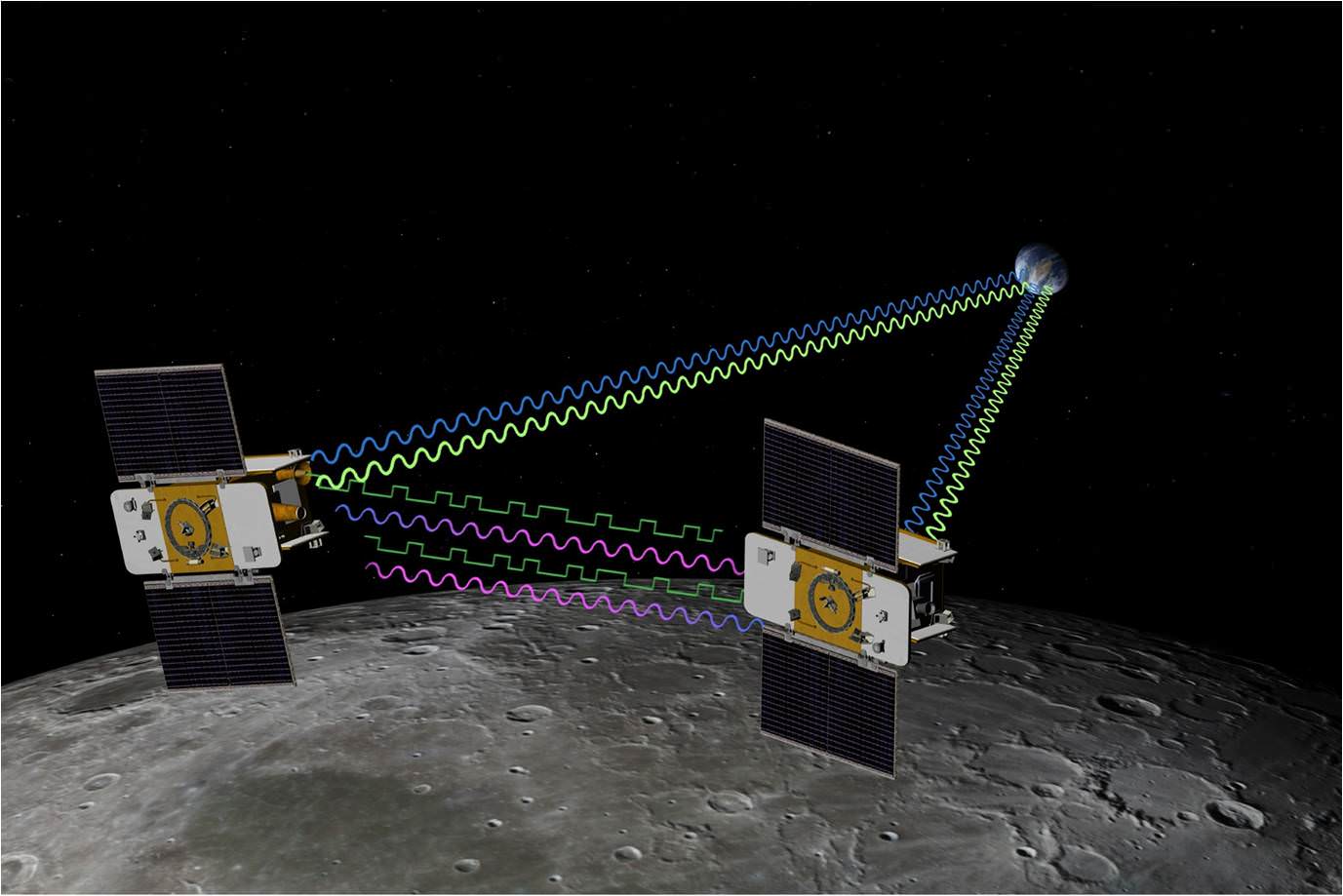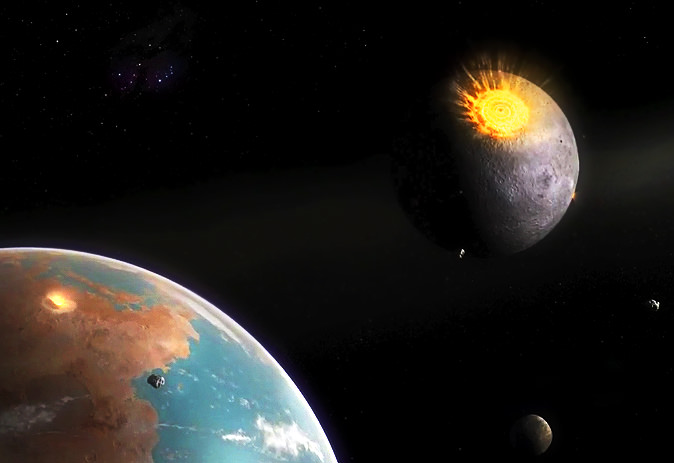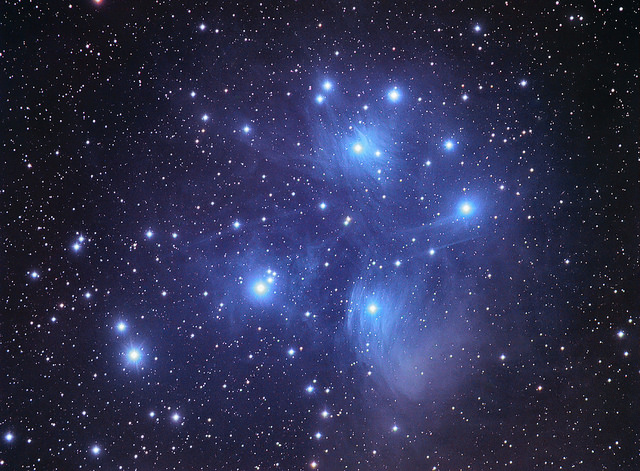As a fond farewell, here are some of the final images taken by the GRAIL MoonKAM educational cameras on board Ebb and Flow, the twin spacecraft for the mission. This footage was shot just three days prior to when the mission ended with the planned impacts on a rim of a crater near the lunar north pole. At that point in the mission, the spacecraft had lowered their orbit to only about 11 km above the lunar surface. While these images aren’t of the highest of resolution, they provide a great sense of what it would be like to orbit close to the Moon. Additionally, they are an inspiration to school children. With MoonKAM (Moon Knowledge Acquired by Middle School Students) the cameras took more than 115,000 total images of the lunar surface, and imaging targets were proposed by middle school students from across the country and the resulting images returned for them to study.
The two probes were purposely crashed into the Moon because they no longer had enough altitude or fuel to continue science operations.
Curiosity Rover Update: The Old Brush Off
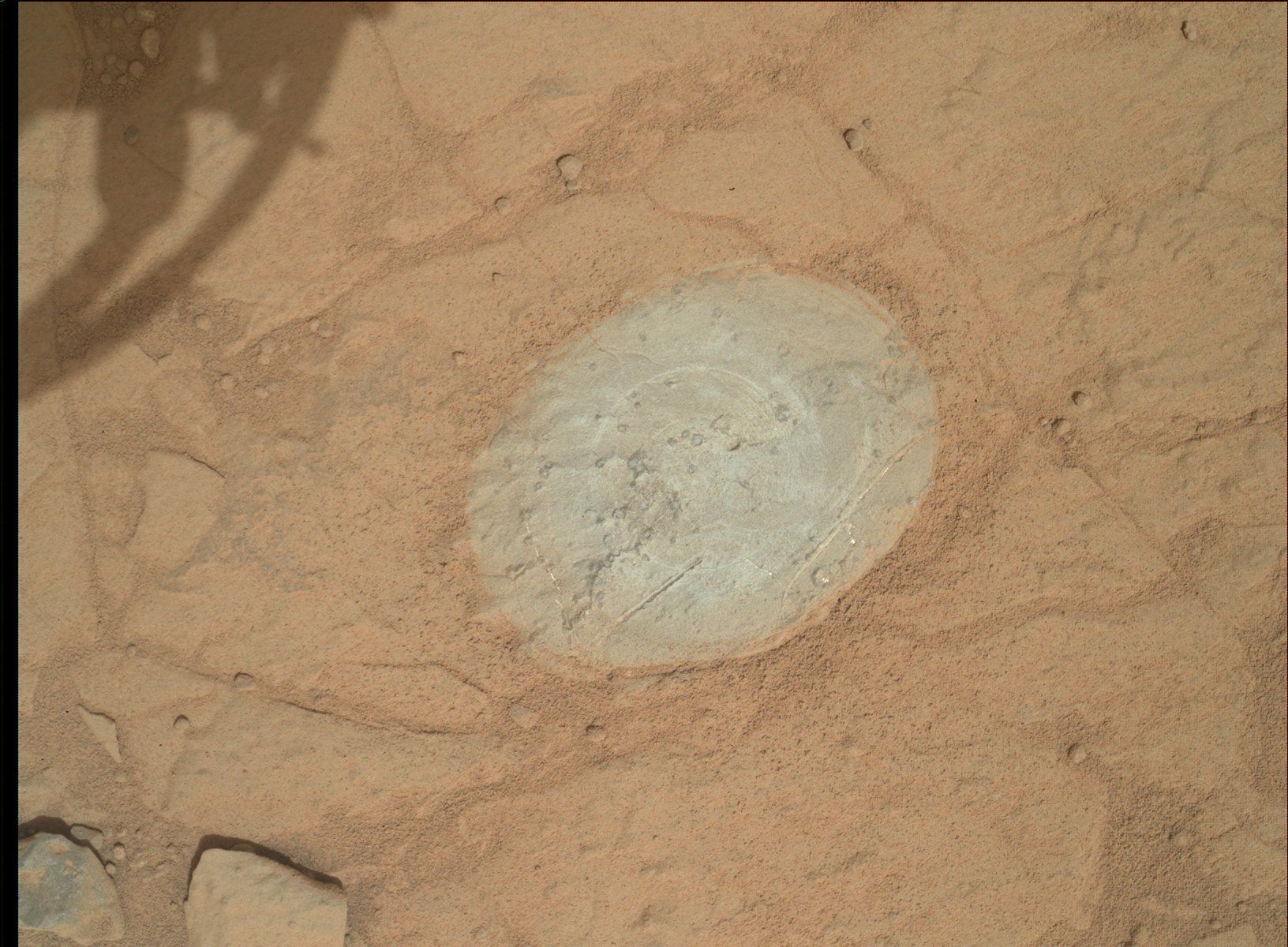
Justin Lin from the Mars Science Laboratory team gives the latest video update from the Curiosity rover mission. For the first time the rover used its Dust Removal Tool, and the team is looking for a good rock to perform the first use of the drill.
You can see some of the panoramas that Lin talks about in our previous article, “Curiosity Touches Mars at Yellowknife Bay and Drives to Snake River for Drilling.”
New Comet Discovered During ‘Stargazing Live’ Event
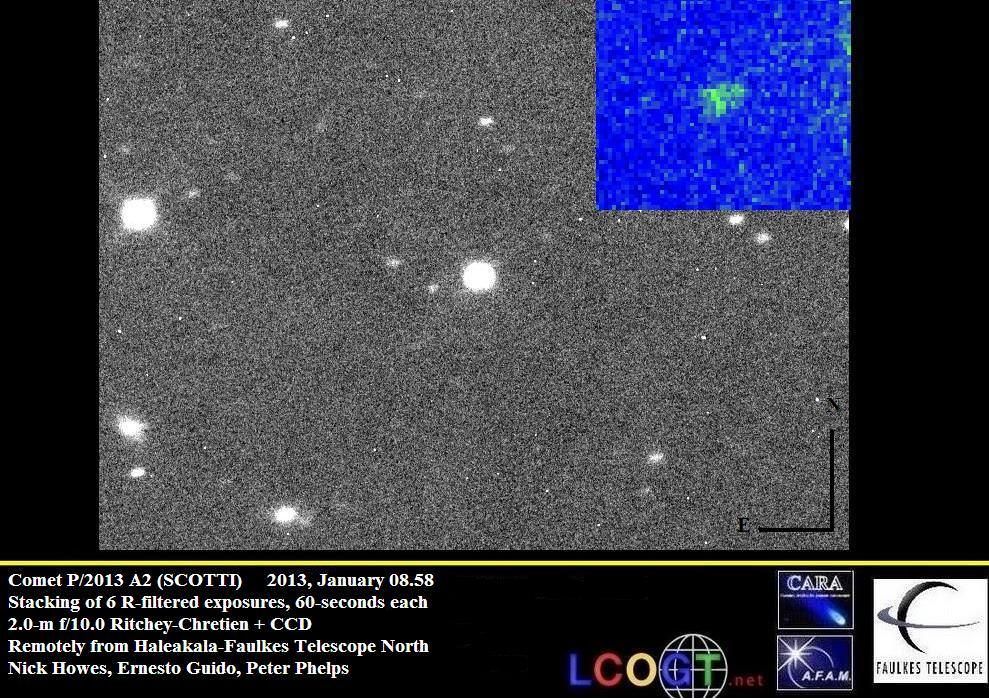
This week is the BBC’s Stargazing Live, and there have been all sorts of events in the UK for what has become a national stargazing celebration. Excitingly, during one event where astronomers were coordinating imaging with students in UK schools, a new comet was discovered.
“To say we’re over the moon would be an understatement,” said Nick Howes, who is the Faulkes Telescope Pro-Am programme manager. He along with his colleague at the Remanzacco Observatory in Italy, Ernesto Guido helped facilitate the discovery. “This was one of the trickiest comets we’ve ever worked on, faint at magnitude 20, with a minuscule tail. It took all our efforts for several hours to confirm it with the 2 meter scopes. It’s fantastic that with the third episode of Stargazing Live coming up and focusing on comets, that we managed to nail this one during the airing of the live show.”
This is the third year of Stargazing Live, which brings together astronomical societies, museums and discovery centers for local events as well as live broadcasts on the BBC.
Howes and Guido decided on trying to image this target, as analysis of the Minor Planet Centre’s NEOCP target list showed that one of the newly detected but as yet unclassified objects was likely to be a comet.
“We’d selected this target based on the preliminary data published by the minor planet center,” Howes said, “but then the power of social networking helped out even more.”
With only one set of limited observations on it by the Spacewatch Observatory, Howes communicated via the social network site Twitter with Jim Scotti, an astronomer in Arizona, who first observed this object.
“It became clear from speaking to Jim, that they thought they had something, but in following with IAU rules would not say what,” Howes said. “But he encouraged us to perform additional observations to make sure what we had was indeed what we suspected from the orbit…a new comet!”
The new object at magnitude 20, billions of times fainter than the human eye can see was then imaged by Howes and Guido using Faulkes Telescope North.
Fortunately, the elevation of the comet in the sky also permitted them to request additional observations from Peter Phelps at Hazlemere school in the UK. “The data from Faulkes North was not 100% clear, as the object was so faint, but we suspected it was a comet, and asked for more images,” Howes said.
The extra images, from Faulkes South showed the comet very near to a bright field star, but were enough to convince Howes and Guido that it was indeed a comet.
The minor planet center later on the 8th January confirmed this and cited the Faulkes observations in the discovery circular and telegrams:
The new Comet is called P2012 A2 Scotti CBET is 3376 Cbet nr. 3376, issued on 2013, January 08, announces the discovery of a new comet (discovery magnitude 19.5) by J. Scotti with the 691 Steward Observatory, Kitt Peak, on images obtained with the 0.9-m f/3 reflector + CCD on January 06.2. The new comet has been designated P/2013 A2 (SCOTTI).
The team have been observing and imaging comets and asteroids all week with UK schools, and on Wednesday January 9th had a full day devoted to detecting and refining orbits on Kuiper belt objects in the far reaches of the solar system with a large number of schools. This is part of an ongoing research collaboration with the Lowell Observatory in Arizona.
Congrats to all involved!
Sources: Nick Howes, Remanazacco Observatory
What Craters on the Moon Teach Us About Earth
When the Moon was receiving its highest number of impacts, so was Earth. Credit: Dan Durda
Some questions about our own planet are best answered by looking someplace else entirely… in the case of impact craters and when, how and how often they were formed, that someplace can be found shining down on us nearly every night: our own companion in space, the Moon.
By studying lunar impact craters both young and old scientists can piece together the physical processes that took place during the violent moments of their creation, as well as determine how often Earth — a considerably bigger target — was experiencing similar events (and likely in much larger numbers as well.)
With no substantial atmosphere, no weather and no tectonic activity, the surface of the Moon is a veritable time capsule for events taking place in our region of the Solar System. While our constantly-evolving Earth tends to hide its past, the Moon gives up its secrets much more readily… which is why present and future lunar missions are so important to science.
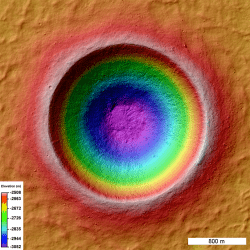 Take the crater Linné, for example. A young, pristine lunar crater, the 2.2-km-wide Linné was formed less than 10 million years ago… much longer than humans have walked the Earth, yes, but very recently on lunar geologic terms.
Take the crater Linné, for example. A young, pristine lunar crater, the 2.2-km-wide Linné was formed less than 10 million years ago… much longer than humans have walked the Earth, yes, but very recently on lunar geologic terms.
It was once thought that the circular Linné (as well as other craters) is bowl-shaped, thus setting a precedent for the morphology of craters on the Moon and on Earth. But laser-mapping observations by NASA’s Lunar Reconnaissance Orbiter (at right) determined in early 2012 that that’s not the case; Linné is actually more of a truncated inverted cone, with a flattened interior floor surrounded by sloping walls that rise up over half a kilometer to its rim.
On our planet the erosive processes of wind, water, and earth soon distort the shapes of craters like Linné, wearing them down, filling them in and eventually hiding them from plain sight completely. But in the Moon’s airless environment where the only weathering comes from more impacts they retain their shape for much longer lengths of time, looking brand-new for many millions of years. By studying young craters in greater detail scientists are now able to better figure out just what happens when large objects strike the surface of worlds — events that can and do occur quite regularly in the Solar System, and which may have even allowed life to gain a foothold on Earth.
Most of the craters visible on the Moon today — Linné excluded, of course — are thought to have formed within a narrow period of time between 3.8 and 3.9 billion years ago. This period, called the Late Heavy Bombardment, saw a high rate of impact events throughout the inner Solar System, not only on the Moon but also on Mars, Mercury, presumably Venus and Earth as well. In fact, since at 4 times its diameter the Earth is a much larger target than the Moon, it stands to reason that Earth was impacted many more times than the Moon as well. Such large amounts of impacts introduced material from the outer Solar System to the early Earth as well as melted areas of the surface, releasing compounds like water that had been locked up in the crust… and even creating the sorts of environments where life could have begun to develop and thrive.
(It’s been suggested that there was even a longer period of heavy impact rates nicknamed the “late late heavy bombardment” that lingered up until about 2.5 billion years ago. Read more here.)
In the video below lunar geologist David Kring discusses the importance of impacts on the evolution of the Moon, Earth and eventually life as we know it today:
“Impact cratering in Earth’s past has affected not only the geologic but the biologic evolution of our planet, and we were able to deduce that in part by the lessons we learned by studying the Moon… and you just have to wonder what other things we can learn by going back to the Moon and studying that planetary body further.”
– David Kring
David is a senior staff scientist at the Lunar and Planetary Institute in Houston, TX.
It’s these sorts of connections that make lunar exploration so valuable. Keys to our planet’s past are literally sitting on the surface of the Moon, a mere 385,000 km away, waiting for us to just scoop them up and bring them back. While the hunt for a biological history on Mars or resource-mining an asteroid are definitely important goals in their own right, only the Moon holds such direct references to Earth. It’s like an orbiting index to the ongoing story of our planet — all we have to do is make the connections.
Learn more about lunar research at the LPI site here, and see the latest news and images from LRO here.
Watch Live Webcast of Asteroid Apophis Earth Flyby
Once again, the Slooh Space Camera team will host a live webcast of an asteroid flyby of Earth. This one might be a bit more intriguing than others, if only because of the connotation this asteroid has. Asteroid Apophis a near-Earth asteroid with an estimated diameter of almost three football fields (270m), is making its closest approach to us this year — but it will still be quite distant, at about 14 million km – but this is close enough for astronomers to study the space rock and assess its future risk.
On Wednesday, January 9th, Slooh.com, will start the webcast at 4 p.m. PST / 7 p.m. EST / 00:00 UTC (1/10) — International times here — accompanied by real-time discussions with Slooh President Patrick Paolucci, Slooh Outreach Coordinator and Engineer Paul Cox, and Documentary Filmmaker Duncan Copp.
Continue reading “Watch Live Webcast of Asteroid Apophis Earth Flyby”
The Orion Nebula as You’ve Never Seen it Before: Jaw-dropping New Image from Gemini
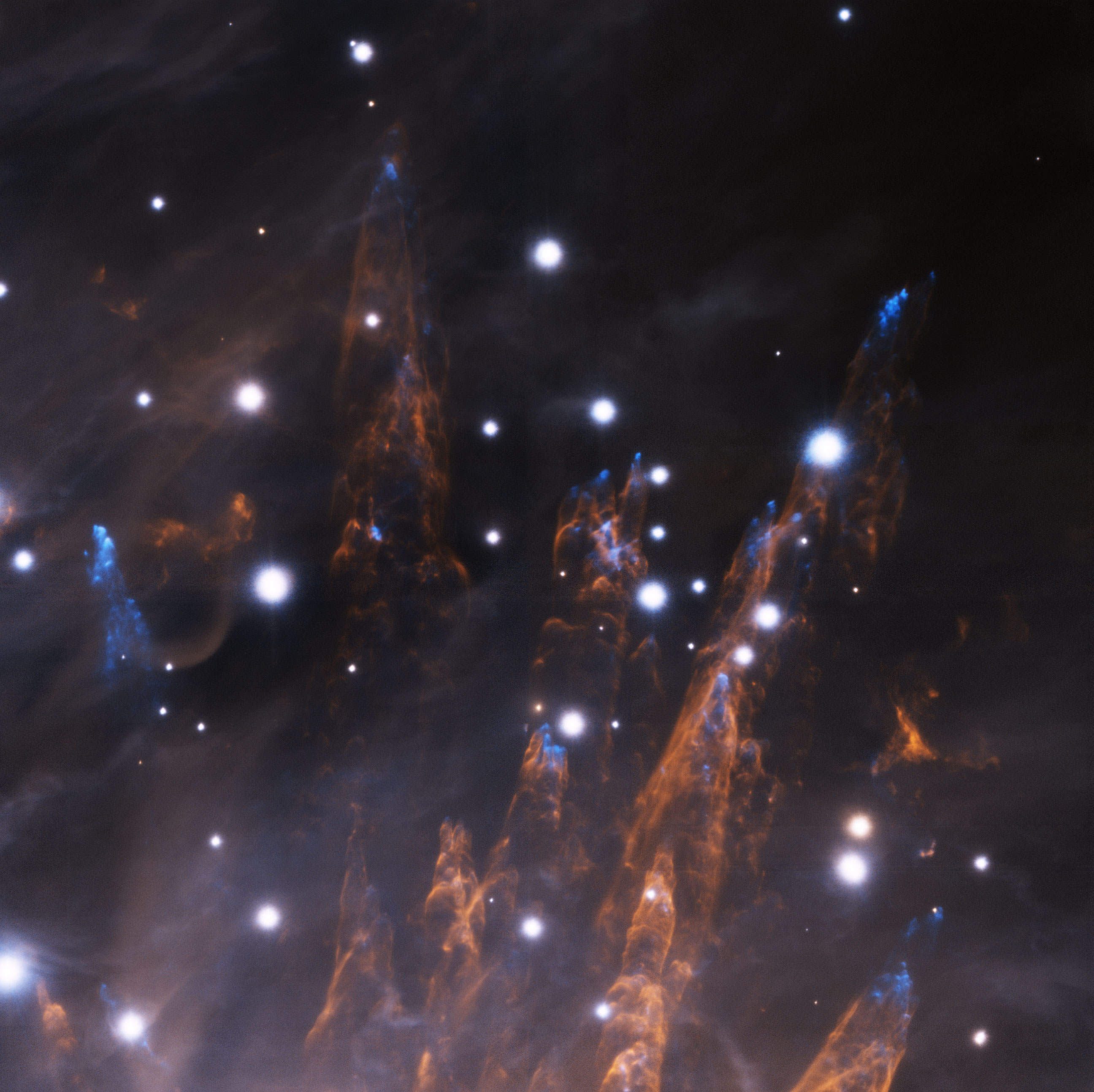
This is the part of the Orion nebula. Recognize it? You may not, as this stunning new image comes from the Gemini Observatory’s recently-commissioned advanced adaptive optics (AO) system named GeMS. It shows clumps of gas ejected from deep within the Orion Nebula which are nicknamed ‘Orion Bullets.’
“The combination of a constellation of five laser guide stars with multiple deformable mirrors allows us to expand significantly on what has previously been possible using adaptive optics in astronomy,” said Benoit Neichel, who currently leads this adaptive optics program for Gemini. “For years our team has focused on developing this system, and to see this magnificent image, just hinting at its scientific potential, made our nights on the mountain – while most folks were celebrating the New Year’s holiday – the best celebration ever!”
The team took the image on December 28, 2012.
About five years ago, astronomers took an image of the Orion Bullets using a previous version of adaptive optics called Altair. Gemini’s instrument scientist for Altair, Chad Trujillo, pointed out that in one shot GeMS covers a significantly larger field-of-view than Altair and a higher quality image.
“The uniformity and performance across the image is amazing! In this new image, the pixels are 2.5 times finer and there are about 16 times more of them,” he said. Both the correction quality and the field-of-view are considerably better than the previous generation of AO systems.”
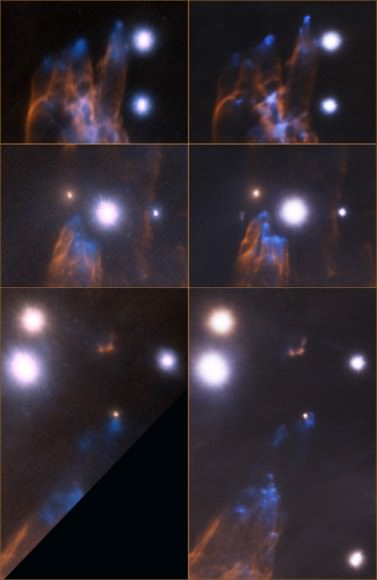
Read more about the GeMS system at the Gemini Observatory website.
Walk a Tightrope Across the Moon
A very creative and stunning use of perspective, timing and distance! BASE jumper Dean Potter walks a highline at Cathedral Peak in Yosemite National Park just as the Moon rises. This was shot with a zoom lens from over a mile away, and is part of a bigger project for National Geographic called The Man Who Can Fly.
Moonwalk from Bryan Smith on Vimeo.
Carnival of Space #283
This week’s Carnival of Space is hosted by Brian Wang at Next Big Future.
Click here to read Carnival of Space #283.
And if you’re interested in looking back, here’s an archive to all the past Carnivals of Space. If you’ve got a space-related blog, you should really join the carnival. Just email an entry to [email protected], and the next host will link to it. It will help get awareness out there about your writing, help you meet others in the space community – and community is what blogging is all about. And if you really want to help out, sign up to be a host. Send an email to the above address.
Astronomy Cast Ep. 282: Seasons

Spring, Summer, Autumn and Winter. These are the seasons we experience here on Earth as our planet completes an orbit around the Sun. But what’s going on? Why do we experience such different temperatures and weather over the course of 365 days? Do other planets experience the seasons like we do?
Click here to download the episode.
Or subscribe to: astronomycast.com/podcast.xml with your podcatching software.
“Seasons” on the Astronomy Cast website, with shownotes and transcript.
And the podcast is also available as a video, as Fraser and Pamela now record Astronomy Cast as part of a Google+ Hangout:
Astrophoto: Beautiful Electric Blue Pleiades
What a great shot of the Seven Sisters! M45, or the Pleiades is a cluster of stars that contains hundreds of stars, but just a handful are commonly visible to the unaided eye. The stars in the Pleiades are thought to have formed together around 100 million years ago, making them 1/50th the age of our Sun, and they lie about 450 light years from Earth. Chuck Manges, (astrochuck on Flickr) took this image on January 5, 2013 with a QHY9M camera and an Orion ED102CF telescope, and processed it in Photoshop. Gorgeous!
Want to get your astrophoto featured on Universe Today? Join our Flickr group or send us your images by email (this means you’re giving us permission to post them). Please explain what’s in the picture, when you took it, the equipment you used, etc.

